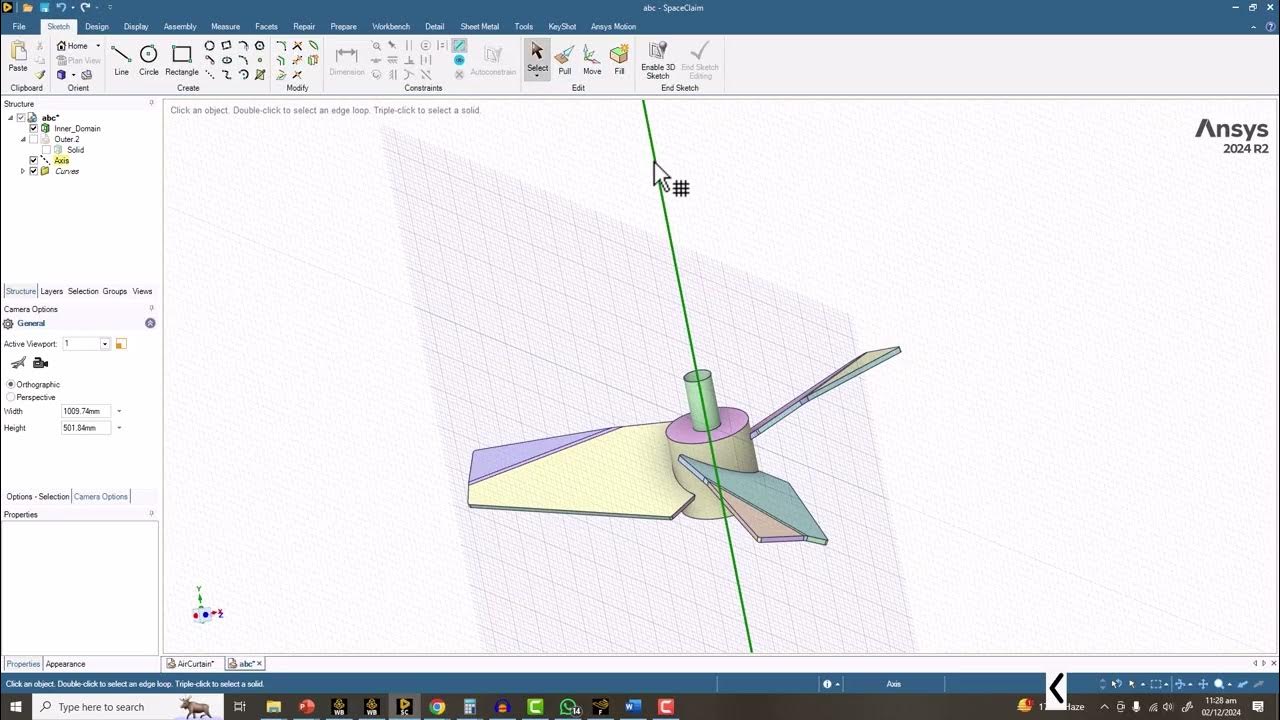Polarimetry Lab Video
Summary
TLDRThis video tutorial demonstrates a polarimetry experiment to determine the specific rotation of an unknown sugar. It begins with preparing a 0.1 g/mL sugar solution, followed by methods for diluting to other concentrations. The use of a polarimeter is illustrated, including calibration and measurement procedures. The experiment emphasizes the relationship between concentration and observed rotation, culminating in a data analysis where a trendline helps identify the unknown sugar, confirming it as glucose. This engaging overview highlights key experimental techniques and analytical skills in the context of sugar characterization.
Takeaways
- 😀 Chiral compounds can rotate polarized light, with the rotation's angle depending on the sample type, concentration, path length, light wavelength, and temperature.
- 😀 A polarimeter is used to measure the optical rotation of solutions containing optically active components.
- 😀 To prepare a 0.1 g/mL sugar solution, dissolve 5 grams of sugar in 50 mL of distilled water.
- 😀 Diluted solutions can be made from the original sugar solution using specific calculations for concentration and volume.
- 😀 The formula for calculating the volume of the original solution needed for a desired concentration is critical for proper dilution.
- 😀 Calibration of the polarimeter with distilled water is essential before measuring test solutions.
- 😀 After calibration, the observed rotation of the sugar solution is recorded and compared against the standard.
- 😀 The specific rotation can be determined by creating a graph with concentration versus observed rotation and finding the slope.
- 😀 The slope of the trendline in the graph relates to the specific rotation of the sugar, allowing identification of the unknown sugar.
- 😀 The experiment emphasizes the importance of precise measurements and proper cleaning of equipment between tests.
Q & A
What is the main purpose of the experiment described in the transcript?
-The main purpose is to define the relationship between concentration and observed rotation using a polarimeter to measure the optical activity of different sugar solutions.
How is the concentration of the sugar solution prepared in the experiment?
-A 50 milliliter sugar solution with a concentration of 0.1 grams per milliliter is prepared by dissolving 5 grams of sugar in 50 milliliters of distilled water.
What formula is used to determine the volume of the original solution needed to create a new concentration?
-The formula used is based on the dilution equation: C1V1 = C2V2, where C1 is the initial concentration, V1 is the volume of the original solution, C2 is the final concentration, and V2 is the final volume.
What steps are taken to calibrate the polarimeter before testing the sugar sample?
-To calibrate the polarimeter, fill the cell with distilled water, place it in the polarimeter, and set the reading to zero.
How is the specific rotation of the unknown sugar determined?
-The specific rotation is determined by creating a graph of observed rotation versus concentration, calculating the slope, and comparing it to known specific rotation values of different sugars.
What is the relationship between the angle of rotation and the concentration of an optically active component?
-The angle of rotation depends linearly on the concentration of the optically active component, as well as other factors like the length of the sample tube and the wavelength of light.
What should be done with the polarimeter cell after recording the observed rotation?
-After recording the observed rotation, the solution should be dumped out, and the cell should be washed with distilled water.
What are the steps to prepare a 0.08 grams per milliliter solution from the original solution?
-To prepare a 0.08 grams per milliliter solution, add 8 milliliters of the original 0.1 gram per milliliter solution and 2 milliliters of distilled water to make a total of 10 milliliters.
What does the slope of the trendline in the graph represent?
-The slope of the trendline represents the specific rotation of the unknown sugar and can be compared to known specific rotation values to identify the sugar.
Why is it important to rinse the funnel and measuring tools with distilled water?
-Rinsing with distilled water helps to ensure that any residual substances are removed, preventing contamination and ensuring accurate measurements in the preparation of solutions.
Outlines

This section is available to paid users only. Please upgrade to access this part.
Upgrade NowMindmap

This section is available to paid users only. Please upgrade to access this part.
Upgrade NowKeywords

This section is available to paid users only. Please upgrade to access this part.
Upgrade NowHighlights

This section is available to paid users only. Please upgrade to access this part.
Upgrade NowTranscripts

This section is available to paid users only. Please upgrade to access this part.
Upgrade NowBrowse More Related Video
5.0 / 5 (0 votes)





